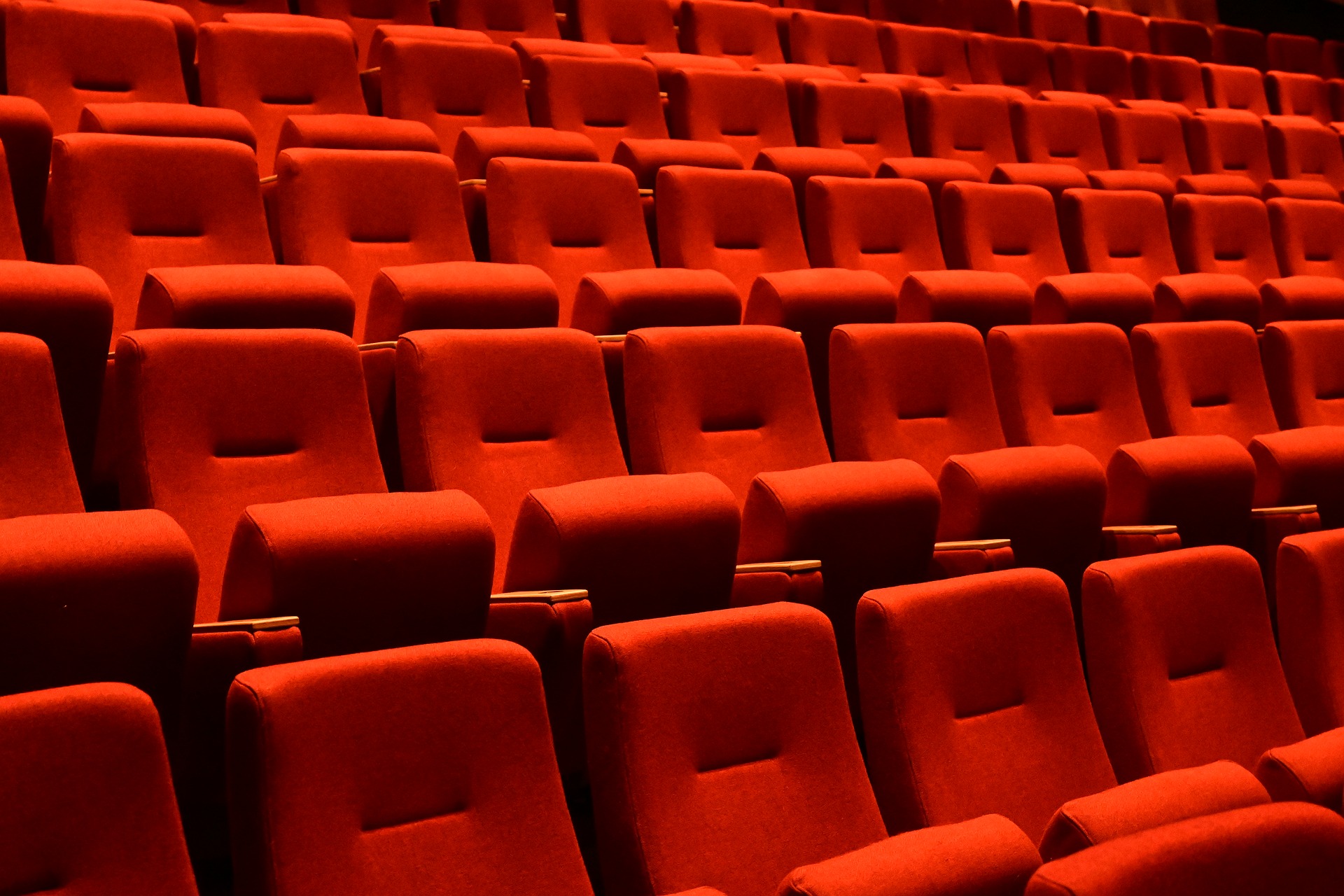Fusing Tech and Art: The Dawn of Digital Installations
In the ever-evolving world of arts and entertainment, a new phenomenon has emerged, revolutionizing the way we perceive art. Welcome to the era of digital installations, where technology and creativity intertwine, leading us into an immersive universe of artistic expression.
A Historical Perspective: Digital Art’s Genesis
The roots of digital art can be traced back to the 1960s when artists first began experimenting with computers. Pioneers like Frieder Nake and Michael Noll used algorithms and mathematical equations to create abstract imagery, marking the birth of computer-generated art. However, it was not until the late 20th century that digital art installations began to proliferate, fueled by advances in technology and the advent of the internet.
The Arrival of Digital Installations
The last two decades have witnessed a surge in digital installations, with artists leveraging cutting-edge technologies like augmented reality (AR), virtual reality (VR), and artificial intelligence (AI) to create immersive experiences. A notable example is teamLab, a Tokyo-based art collective renowned for their large-scale digital installations. Their works are characterized by interactive, multi-sensory experiences that blur the line between the viewer and the artwork.
Digital Installations in Today’s Landscape
In recent news, the Museum of Other Realities (MOR), a virtual reality art museum, announced its latest exhibition of digital installations. Titled ‘Immaterial’, the exhibition showcases works from over 40 international artists, providing a platform for innovative artistic expression within the digital realm. This development reflects the growing recognition and acceptance of digital installations within the mainstream art world.
Significance and Reception of Digital Installations
The advent of digital installations has unlocked new avenues for artistic creativity, transforming the traditional art-viewing experience. These installations offer an immersive, participatory experience, fostering a deeper connection between the viewer and the artwork. Moreover, they are democratizing art by making it more accessible to a wider audience.
Despite initial skepticism, digital installations have gained widespread acclaim for their innovative use of technology and immersive storytelling. Critics have lauded them for pushing the boundaries of art, challenging our perceptions, and redefining the relationship between art and technology.
The Future of Digital Installations
With technology evolving at breakneck speed, the future of digital installations looks promising. As artists continue to experiment with new technologies, we can expect more breathtaking, immersive experiences that challenge our understanding of art.
The dawn of digital installations marks a paradigm shift in the arts and entertainment industry. As we stand on the brink of this new era, one thing is certain: the fusion of art and technology will continue to redefine our cultural landscape, ushering in a new wave of creative expression.






